A Decade On: This series is a look back at the films of debatably one of the seminal years for cinema in this millennium, 2007. In my mid teens, this year was one that contributed to my budding cinephilia and directed me to some of the best works of the greatest filmmakers of this generation, which then lead me further back in cinema history to the gateway films that firmly established my love of films to this day. A decade on, 2007 is still one of the most important and relevant years in my life as a film-lover.
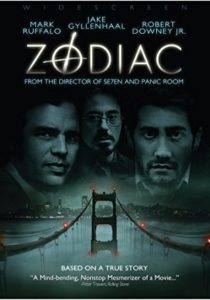 With the likes of his break-out film Se7en (1995) and his most recent serial-killer TV drama Mindhunter (2017), visionary director, masterful storyteller, and renowned perfectionist David Fincher is likely to become (or already has become) one of the most relevant figures in the filmmaking world of crime-drama.
With the likes of his break-out film Se7en (1995) and his most recent serial-killer TV drama Mindhunter (2017), visionary director, masterful storyteller, and renowned perfectionist David Fincher is likely to become (or already has become) one of the most relevant figures in the filmmaking world of crime-drama.
Zodiac will be regarded as an essential classic of this genre, for three key reasons that make it stand out amongst its contemporaries (and the wealth of crime dramas throughout cinema history): its intensive attention to detail in portraying the investigation, the harshly realistic portrayal of the inconclusiveness of the case, and the CGI effects that enhance the whole story.
For just about its entire 158 minute run-time (163 for the superior director’s cut version), Zodiac is filled to the brim with all the details and all the events and all the leads that made up this case. This film really does put to shame the likes of true crime documentaries that plagued cable television, which are filled with desperately sensationalist cinema techniques to make the viewers feel on edge. Not only does Zodiac successfully get across this unease with so little, it likely manages to fit in more information than any documentary could do, all the while still feeling like a film with a story, a through-line, and characters that develop alongside (and because of) the investigation.
Fincher avoided making another Dirty Harry (1971), which was made about and during the height of the Zodiac Killer mania, and was a more clownishly action-orientated affair rather than the brooding and documentative film Zodiac ended up being thirty-six years later (which directly references Dirty Harry about mid-way through). Fincher claims All the President’s Men (1976) was the template for Zodiac, a film that managed to zip along with heavily dialogue-based scenes. More films based on true events need to follow in the footsteps of this film and Zodiac, by staying true to the real events while not over-dramatising it or making it too boring.
Although the quality is consistent throughout as the film mostly focuses on showing the vast and nuanced details of the case, for its first third, it plays out almost like a regular crime film because 
The first time I saw this film (I’m guessing exactly a decade ago), I was impressed with how the second half of the film matched the intensity of the first half, and with how the case’s lack of activity had an effect on people who then decided to simply let the case go and no longer worry about it, apart from Graysmith. It felt like something totally new to me, and it was new to the world of cinema, and it’s a testament to Fincher and screenwriter James Vanderbilt (not to mention editor Angus Wall) for retaining interest throughout the film’s lengthy run-time and never letting the ball drop for a single second. It’s hard to make disinterestedness seem interesting on screen, which makes Zodiac a rare success.
What differentiates Zodiac from both its contemporaries and its ‘70s influences is its use of visual effects. Most Fincher films have far more CGI than we can even guess, sometimes having just as many visual effects shots as an action blockbuster film, and Zodiac features a whopping 200+ of them. The effects in Zodiac are sometimes unnoticeable, such as the blood effects in the murder sequences, composited back-drops, and a few reshot scenes. Some other effects are made to be noticed as visual effects set-pieces, such as the impressive shot of the Transamerica Pyramid being built, a clever way of establishing the time that has passed as well as the change in this San Francisco setting. Another impressive CG shot was a BEV of the cab driving through San Francisco listening to the reports of the Zodiac on the radio, just before the cabbie pulls up and is killed by the Zodiac himself. A shot like this makes me think of Fincher’s classic quote “people will say, “there are a million ways to shoot a scene”, but I don’t think so. I think there’re two, maybe. And the other one is wrong.” – this makes me wonder, for this unusual shot what the other way might’ve been to film it.
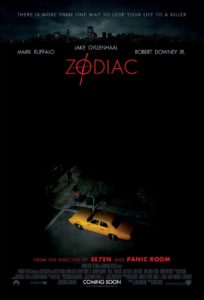
But Fincher’s follow-up film next year, The Curious Case of Benjamin Button, was swamped with awards and end-of-year accolades (as it was released on Christmas) – even its pithy and nonsensically meaningless script was nominated for Best Adapted Screenplay at the Oscars, which means in comparison to Vanderbilt’s script, it must been a weaker year for awards contenders in 2008.
Trophies aside, Zodiac stands as a classic of the 21st century, one that was praised upon release, swiftly forgotten about, then soon enough reappraised for now close to a decade as one of Fincher’s best efforts, a daring and labyrinthine crime-drama that has redefined the genre, but whose new approach to the genre has not been rivalled or challenged by any contemporaries. Unless only thrilling and action-packed crime films entertain you, it’s not a film that’s easy to forget.
Related Content: In The Shadow of the Moon (2019)

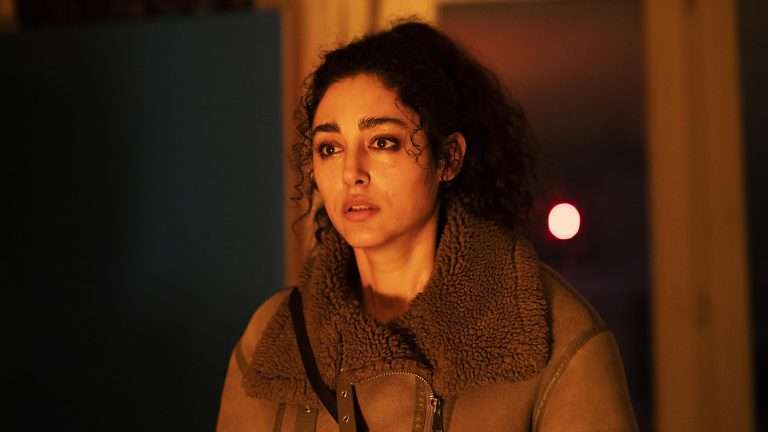
![Thor: Love and Thunder [2022] Review: A Fun, Eventful, Tonally Inconsistent Ride](https://79468c92.delivery.rocketcdn.me/wp-content/uploads/2022/07/FTiBi1MVIAAE5WE-1-768x424.webp)
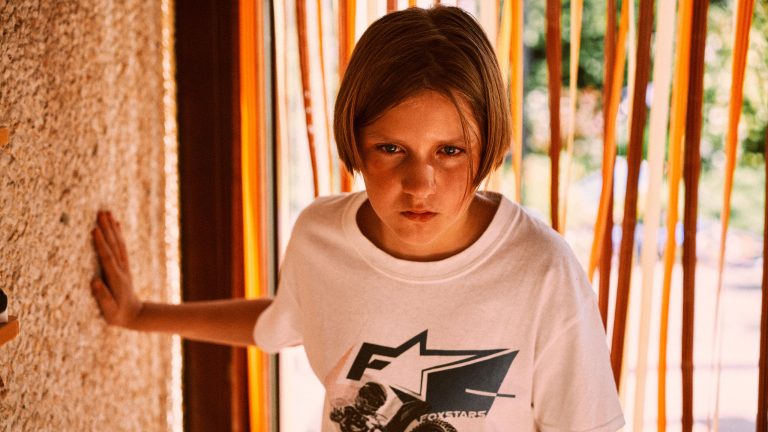
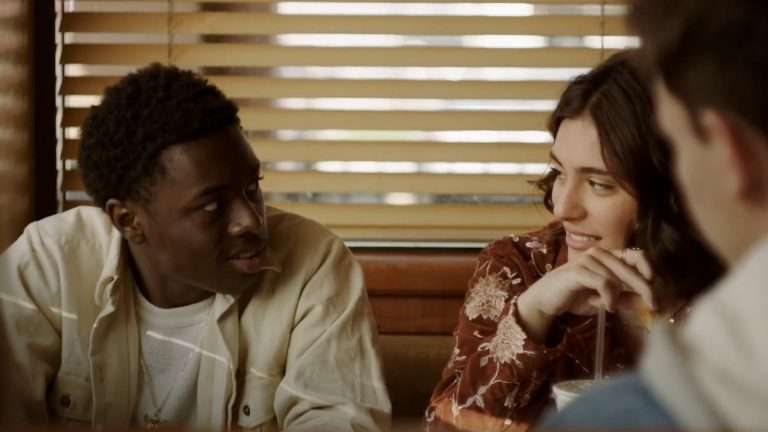
![Intimate Stranger [2021]: ‘Tokyo International Film Festival’ Review – A Psychological Horror With Mommy Issues](https://79468c92.delivery.rocketcdn.me/wp-content/uploads/2021/11/Intimate-Stranger-1-highonfilms-768x432.jpg)
![Kakbagodaa [2019] Review: Another Aware Film based on the Perception of Privilege](https://79468c92.delivery.rocketcdn.me/wp-content/uploads/2020/01/C0120T01-768x432.jpg)